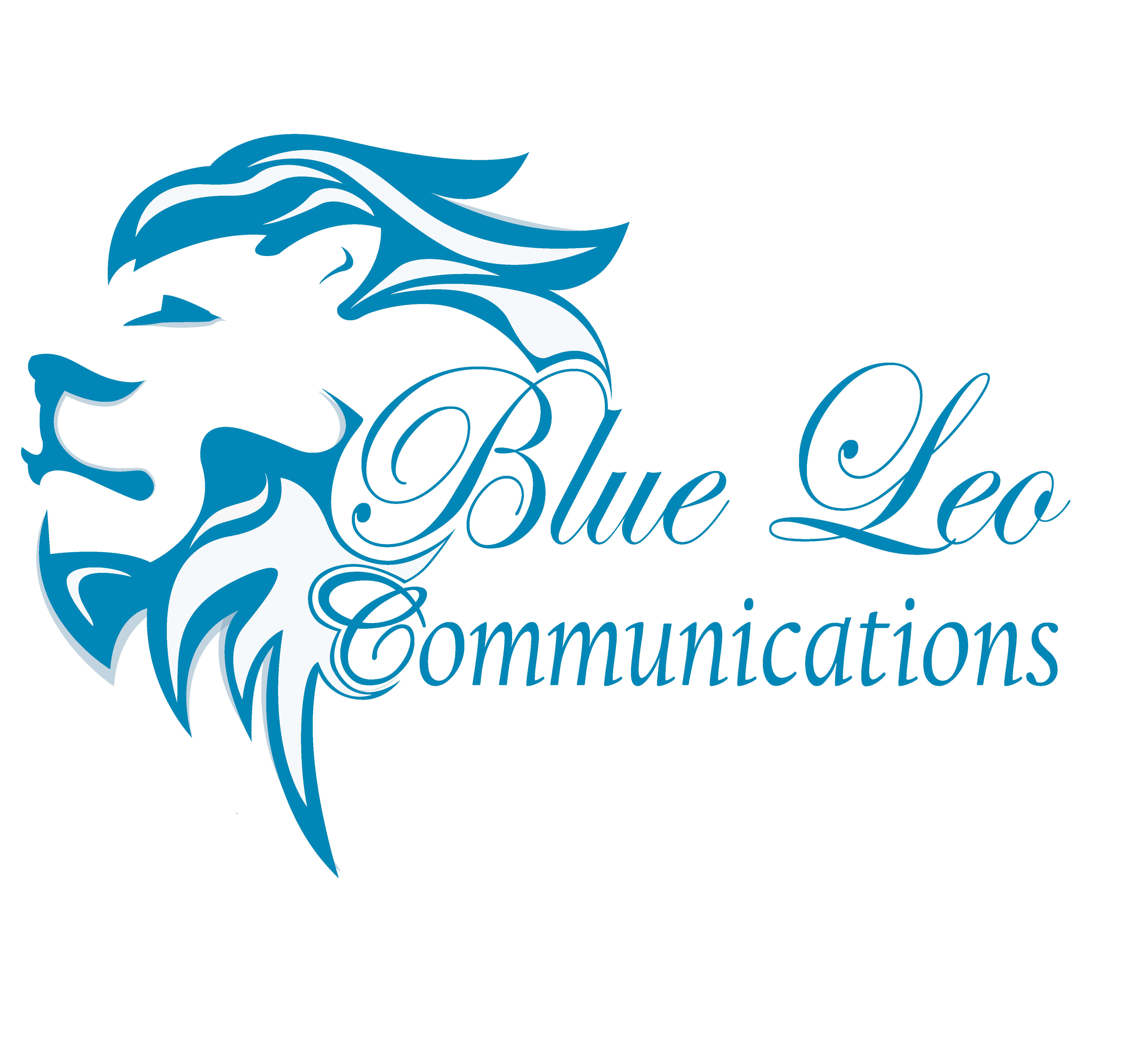I recently ran into a small grayscale flag icon on the side of several State Department related tweets and noticed that Twitter updated its platform and has labeled several government and state-affiliated media accounts. This comes at a time the U.S. 2020 Election competition is getting into full swing.
Twitter and the new labeling
Twitter began labeling government and state-affiliated media accounts as of August 6 to serve the public conversation so people can make informed decisions about what they see and how they engage on Twitter.
According to Twitter’s help page, these labels provide additional context about accounts that are controlled by official representatives of governments, state-affiliated media entities and individuals closely associated with those entities.
The label includes a small grayscale flag or a podium icon that appears on the profile page of the relevant Twitter account and the tweets sent and shared by these accounts.
Twitter is introducing this policy with the five permanent members of the United Nations Security Council and is planning to expand over time.
This labeling will not affect the personal accounts of head of states, such as President Donald Trump as “these accounts enjoy widespread name recognition, media attention, and public awareness.” As an example, the account @realdonaldtrump does not have a label while the official account, @POTUS, does. Other key government official accounts labeled include Secretary Mike Pompeo and Morgan Ortagus, the White House and many other government affiliated accounts.
Twitter will also no longer amplify state-affiliated media accounts or their Tweets through its recommendation systems including on the home timeline, notifications, and search.
Why is Twitter doing this?
Twitter is the most politicized social media platform and many government officials and state-affiliated media use this platform to advance their political agendas and influence the public opinion.
The new labeling policy of Twitter will cast a light over biased accounts to inform people about who they represent and show them when a media account is affiliated directly or indirectly with a state actor.
Since November 2019, Twitter banned political ads on its platform while Facebook and Google only banned non-Americans from buying U.S. political ads.
Twitter’s CEO Jack Dorsey wrote “a political message earns reach when people decide to follow an account or retweet. Paying for reach removes that decision, forcing highly optimized and targeted political messages on people. We believe this decision should not be compromised by money.” He added, “While internet advertising is incredibly powerful and very effective for commercial advertisers, that power brings significant risks to politics, where it can be used to influence votes to affect the lives of millions.
We’ve made the decision to stop all political advertising on Twitter globally. We believe political message reach should be earned, not bought. Why? A few reasons…🧵
— jack (@jack) October 30, 2019
2020 U.S. Presidential Elections
With the U.S. Presidential elections around the corner, it is not clear if the timing of the government affiliated labeling is related to the increased interference of the foreign states such as Russia and China.
Russian news outlets such as RT and Sputnik and China’s Xinhua, People’s Daily, Global Times and CCTV are examples of the state-affiliated media labeled by Twitter.
The Russian RT News reacted to Twitter’s labeling policy considering it a “war declaration”.
Conclusion:
Since the 2008 presidential election, social media platforms have been playing a major role in the campaigns.
After the 2016 elections, Facebook was accused of not doing enough to stop foreign influence. Ever since, Facebook and Twitter have constantly updated their advertising policies, heavily invested in thwarting spams and closing accounts who are trying to manipulate trends in an attempt to keep their platform reliable.
While Twitter remains the most competitive platform for political campaigning, will this new labeling prevent foreign influence in the 2020 U.S. Presidential Election campaigns?

